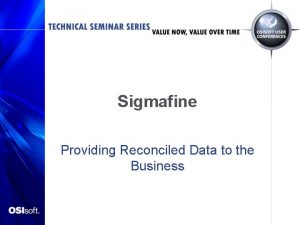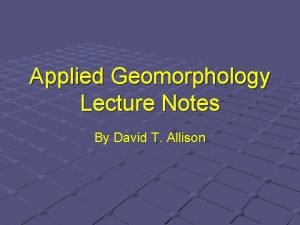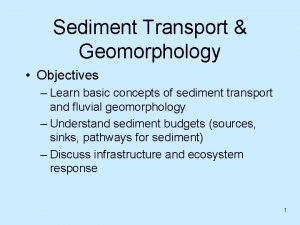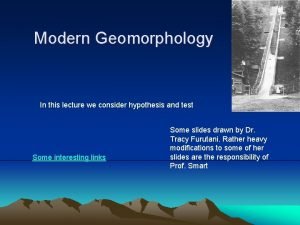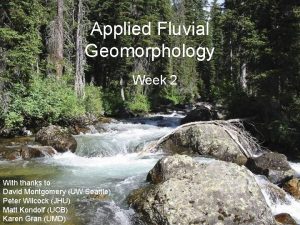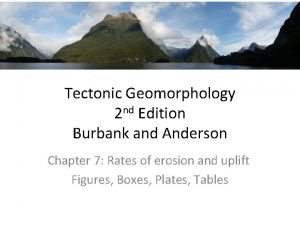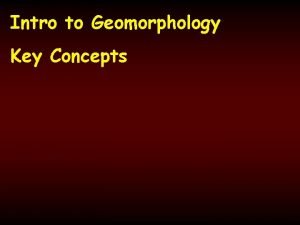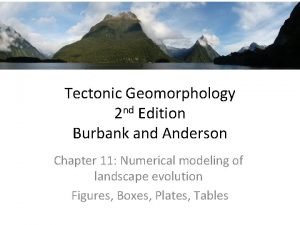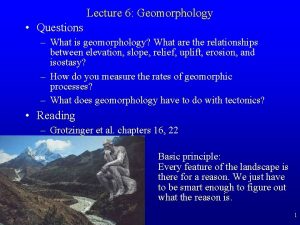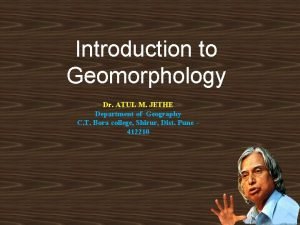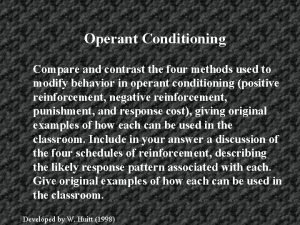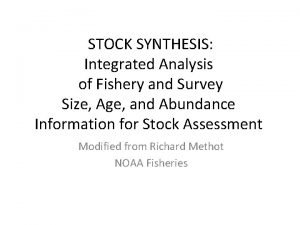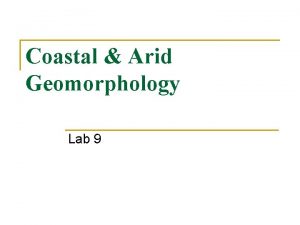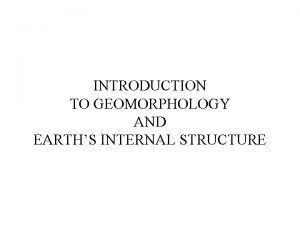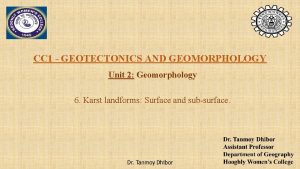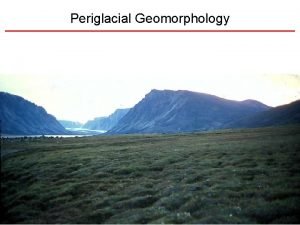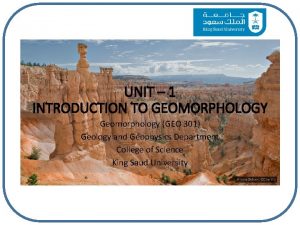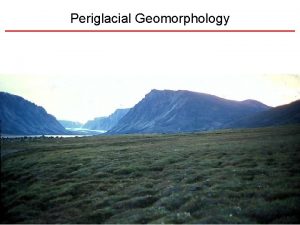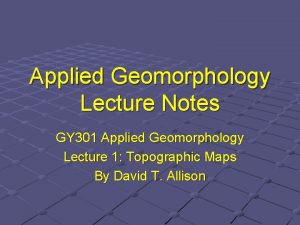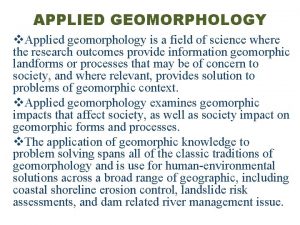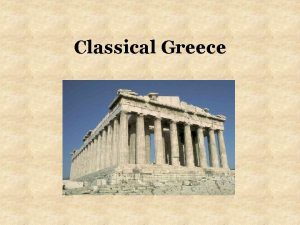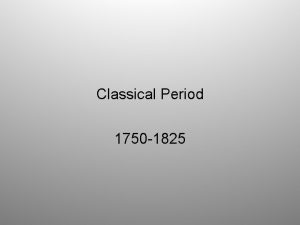Largescale geomorphology Classical concepts reconciled and integrated with























- Slides: 23

Large-scale geomorphology: Classical concepts reconciled and integrated with contemporary ideas via a surface process model Kooi and Beaumont 1996 Photo credit: John S. Shelton

3 Scales • Micro – Uniform gradient – No channels or hillslopes represented • Meso – Groups of microscale subsystems – Individual interfluves • Macro – Groups of mesoscale subsystems – Model landscape which consists of many drainage basins – When this is in steady state, so are the smaller subsystems

Model Formulation Equations Short range transport modeled as linear diffusion (hillslope) Diffusivity Long range transport (fluvial) Local discharge Downstream slope Transport coefficient Precipitation Sediment flux Erosion length scale Local undercapacity of the river



What variable is key for M 1? Is this model useful? What can we learn from it?

Steady state landscape as envisaged by Hack (1960) and Penck (1972), and adjustement to liothology as envisaged by Hack (1960)

Resistant rock band – need greater relief and steeper slopes to achieve steady state. As envisaged by Hack (1960)




Penck Framework How do the conditions of this model differ from M 1 -M 4?

Shows many characteristics of Davis’ (1899) cycle of erosion


King (1953, 1962)

“Evolves more by Davis type downwearing than by King type backwearing”







Summation • Role of baselevels, grade, steady state equilibrium landforms – Davis type (downwearing peneplanation) – Penck type (waxing and waning development) – King type (escarpment retreat, pediplanation) – Hack type (dynamic equilibrium, response times, geometrical complex response) • “The key factors that control the integration of these concepts in the model framework are the nature of the tectonic uplift geometry and its timescales. ”
 First reconcile with your brother
First reconcile with your brother Cba dts
Cba dts Reconciliation medical definition
Reconciliation medical definition Sigmafine
Sigmafine Applied geomorphology notes
Applied geomorphology notes Objectives of geomorphology
Objectives of geomorphology Hypothesis in geomorphology
Hypothesis in geomorphology Applied fluvial geomorphology
Applied fluvial geomorphology Geomorphology
Geomorphology Dynamic equilibrium in geomorphology
Dynamic equilibrium in geomorphology Luther burbank middle school
Luther burbank middle school Forces
Forces Application of geomorphology
Application of geomorphology Fixed interval schedule example
Fixed interval schedule example Dfd chapter 5
Dfd chapter 5 Describe data and process modeling concepts and tools
Describe data and process modeling concepts and tools Integrated brand promotion (ibp) is
Integrated brand promotion (ibp) is It is an integrated analysis and synthesis
It is an integrated analysis and synthesis North east and cumbria ics
North east and cumbria ics Integrated services vs differentiated services
Integrated services vs differentiated services Designing and managing integrated marketing communications
Designing and managing integrated marketing communications Integrated payroll and personnel database
Integrated payroll and personnel database District integrated health and family welfare society
District integrated health and family welfare society Ipt team
Ipt team



